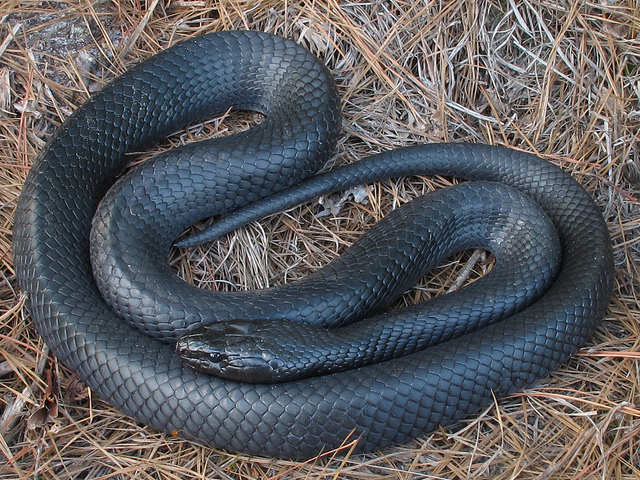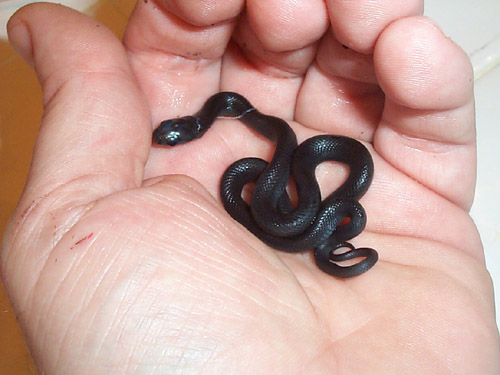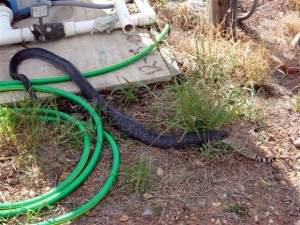

Over-collection caused a decline in eastern indigos in the wild, and today, only captive-bred snakes can be sold. In 1978, eastern indigo snakes were listed as a threatened species in the Endangered Species Act. In the winter, eastern indigo snakes will hide out in the burrows of gopher tortoises, and in the summer, eastern indigos reside near wetlands.


The eastern indigo snake’s natural habitat varies from season to season. The eastern indigo snake (drymarchon couperin) is native to southeastern regions in the United States, including Georgia, Florida, and southeastern Mississippi. These snakes are commonly found in dry glades, stream bottoms, sandy soils, and sandy hills. Adult Size: 8.5 feet (males), 6.5 feet (females) Average Lifespan: 20–26 years in captivity Diet: Carnivorous Housing: 6 x 3 x 2 feet enclosure, 70–78☏, 85☏ for basking Experience level: Intermediate Origin Choosing and Buying an Eastern Indigo Snake Eastern Indigo Snake Overview Common Name: Eastern indigo snake, blue indigo snake, blue bull snake, blue gopher snake Scientific Name: Drymarchon couperin Natural Habitat: Cane fields, sandy soils or hills, dry glades, flatwoods, and stream bottoms in southeastern regions of the United States.


 0 kommentar(er)
0 kommentar(er)
